What is RT2315 Hot Melt Glue for Container Candles?
RT2315 is a specialty hot melt 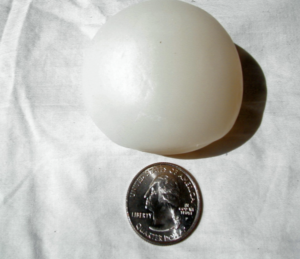 candle glue supplied by Wicks Unlimited to safely and securely anchor metal wick clip assemblies inside empty candle containers. This glue has been successfully tested to withstand the high temperatures encountered on and around the container’s base, especially while pouring, the candle’s final burn cycles, and subsequent end of life.
candle glue supplied by Wicks Unlimited to safely and securely anchor metal wick clip assemblies inside empty candle containers. This glue has been successfully tested to withstand the high temperatures encountered on and around the container’s base, especially while pouring, the candle’s final burn cycles, and subsequent end of life.
One of RT2315’s most sought-after benefits is its heat resistance. This vital attribute minimizes the chance of the phenomenon known as wick migration, where the wick can slide from its original anchor point during pouring or when the burn pool temperature is elevated towards the candle’s end of life.
With the wick off-center due to wick migration, the candle will begin to burn unevenly and form soot on the side of the container’s wall where the flame is too close. It may not sound dangerous, but it is to the brand’s reputation and the candle’s safety. End-users may not purchase your candle brand again since their overall experience was compromised by wick migration. While an uneven burn, sooting, and the candle’s flame too close to the container’s wall caused by wick migration do not sound dangerous, it is indeed.
The flame near the container’s wall often causes localized overheating of the container and the liquid wax pool. As a result of localized overheating caused by wick migration, the candle’s container could get too hot and transfer heat to adjacent surfaces and even crack, causing the wax to flow out of the container and causing a fire hazard. To mitigate the chance of wick migration it is vital to use the appropriate heat resistant candle glue.
Candle manufacturers and fillers depend on RT2315 to improve production line efficiency for several reasons. First, RT2315 glue deposits are precise and repeatable, making them ideal for high-speed production lines when the machinery is at their optimal operating temperatures. Second, RT2315 features a short open time, the specific amount of time to bond the materials (wick clip assemblies and the container) together before the adhesive starts to form a skin. The short open time enables manufacturers and fillers to begin instantaneous wax filling, saving them precious time. Third, unlike other hot melt candle adhesives, RT2315 deposits are clean without the stringing associated with other glues not designed for candle applications, keeping the production area and machinery nozzles clean.
Now that you have a basic understanding of RT2315 adhesive let’s explore some common questions from our customers.
Common Questions About RT2315 Hot Melt Candle Glue
Question: Can RT2315 glue secure wick clip assemblies in all types of candles?
Answer: Yes, RT2315 can be used to secure wick clip assemblies in many different candle types, including paraffin, soy, beeswax, and other waxes or blends. As with everything in candle manufacturing, it is always important to refer back to the wax manufacturer’s instructions to ensure adhesive compatibility.
Question: Will RT2315 work with Wicks Unlimited’s tin-coated wick clip assemblies and sustainers?
Answer: After extensive research and testing, the combustion experts at Wicks Unlimited selected to stock RT2315 because of its excellent surface adhesion to tin-coated wick clip assemblies at high temperatures.
Question: My current adhesive fails during pouring and towards the candle’s end of life, causing wick migration. Will RT2315 prevent wick migration?
Answer: RT2315 dramatically reduces the chances of wick migration since it has been successfully tested to withstand high temperatures while still providing superior wick clip assembly anchoring.
Question: What is the melting point of RT2315?
Answer: The melting point is approximately 320℉.
Question: What is the softening point of RT2315?
Answer: The softening point is 290℉.
Question: Does RT2315 experience “stringing” like other hot melt glues?
Answer: RT2315 does not experience “stringing” like other hot melt glue due to its molecular structure.
Question: How is RT2315 deposited into a candle’s container?
Answer: The most effective method to deposit RT2315 into empty candle containers or molds is using industrial glue depositing machinery at the optimal operating temperature featuring zero cavity nozzles for quick adhesion. Please contact Wicks Unlimited to learn more about how to deposit RT2315 into containers and molds.
Question: What type of candle containers is RT2315 compatible with?
Answer: RT2315 candle adhesive is compatible with many different substrate types including both glass and metal containers.
Question: My customers like repurposing the candle’s container after the final burn cycle. Is RT2315 easy to remove?
Answer: Many other types of glue are too gooey to remove entirely from the bottom of the candle’s container. However, RT2315 is easy to remove from the bottom of the container, making repurposing a breeze.
Question: What is the minimum order quantity (MOQ) for RT2315?
Answer: RT2315 glue pillows are available in bulk packaging starting at quantities as low as 50 pounds.
Question: How can I view a Safety Data Sheet (SDS)?
Answer: Click here to view and download RT2315’s Safety Data Sheet (SDS).
Question: How do I request a sample of RT2315 candle glue?
Answer: Requesting a sample of RT2315 glue is as easy as calling Wicks Unlimited at (877) 765-0748, emailing [email protected], or using the contact form below.
Learn More About RT2315 Hot Melt Candle Glue
Creating a better candle experience by mitigating wick migration and improving manufacturing productivity with RT2315 begins by 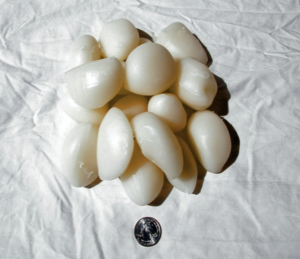 partnering with the combustion experts at Wicks Unlimited. From its superior surface adhesion while pouring to its thermal resistance towards the candle’s end of life, it is easy to see why candle professionals prefer RT2315 hot melt glue over other types of candle wick adhesives, such as wick stickers, cool melt glue, and super glue.
partnering with the combustion experts at Wicks Unlimited. From its superior surface adhesion while pouring to its thermal resistance towards the candle’s end of life, it is easy to see why candle professionals prefer RT2315 hot melt glue over other types of candle wick adhesives, such as wick stickers, cool melt glue, and super glue.
With the addition of RT2315 to our product lineup, which includes over 450 different candle wicks, including cored, flat, and square braided wicks, and metal wick clip assemblies and sustainers, it is no wonder manufacturers depend on Wicks Unlimited for all their candle combustion needs.
To learn more about RT2315 or to request a sample, call (877) 765-0748, email [email protected], use the contact form below, or visit booth #1111 during the NCA’s 2023 Annual Conference & Expo in Charleston, SC.
*Please note that Wicks Unlimited only provides a wick recommendation. The candle manufacturer is responsible for final testing.
*Wicks Unlimited does not perform sensory tests.

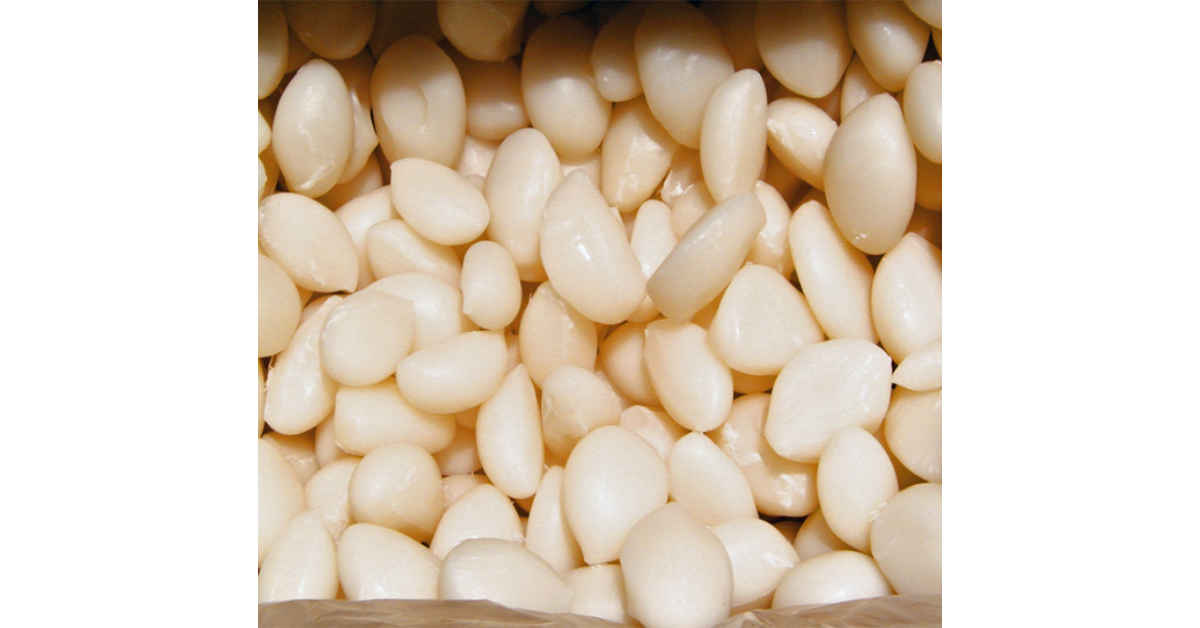
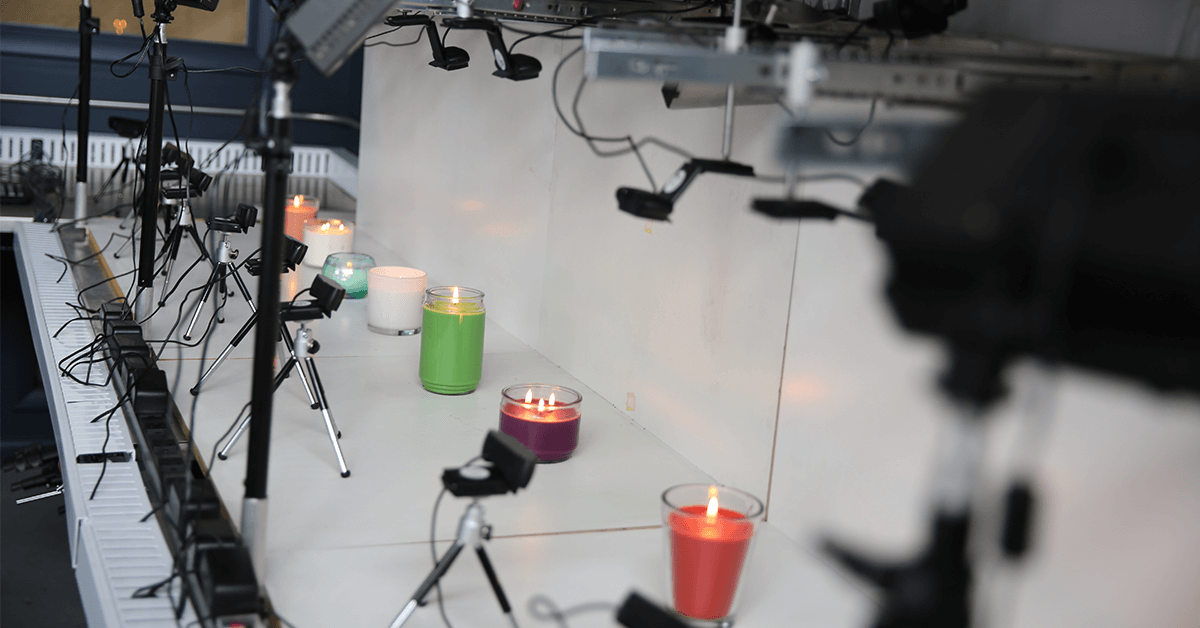
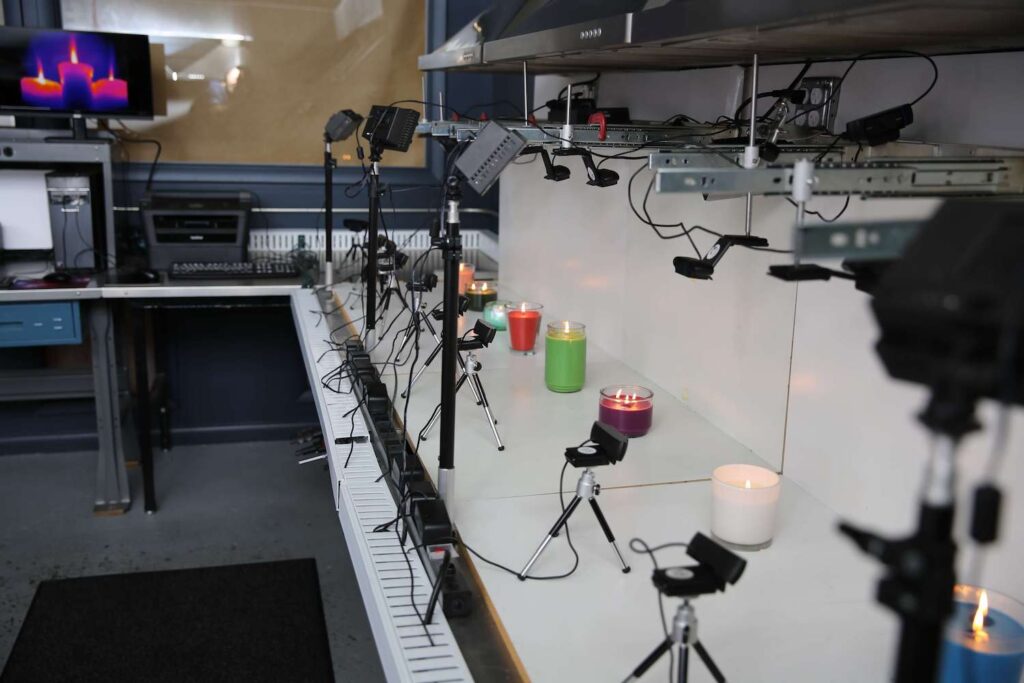 services, like those performed at Wicks Unlimited, focus on three interrelated quality pillars: to ensure proper wick size and type for a particular candle system, improve candle performance, and improve candle safety. Using candle samples that the manufacturer ships to Wicks Unlimited, we complete four (4) hours of burn testing following the aforementioned quality pillars.
services, like those performed at Wicks Unlimited, focus on three interrelated quality pillars: to ensure proper wick size and type for a particular candle system, improve candle performance, and improve candle safety. Using candle samples that the manufacturer ships to Wicks Unlimited, we complete four (4) hours of burn testing following the aforementioned quality pillars.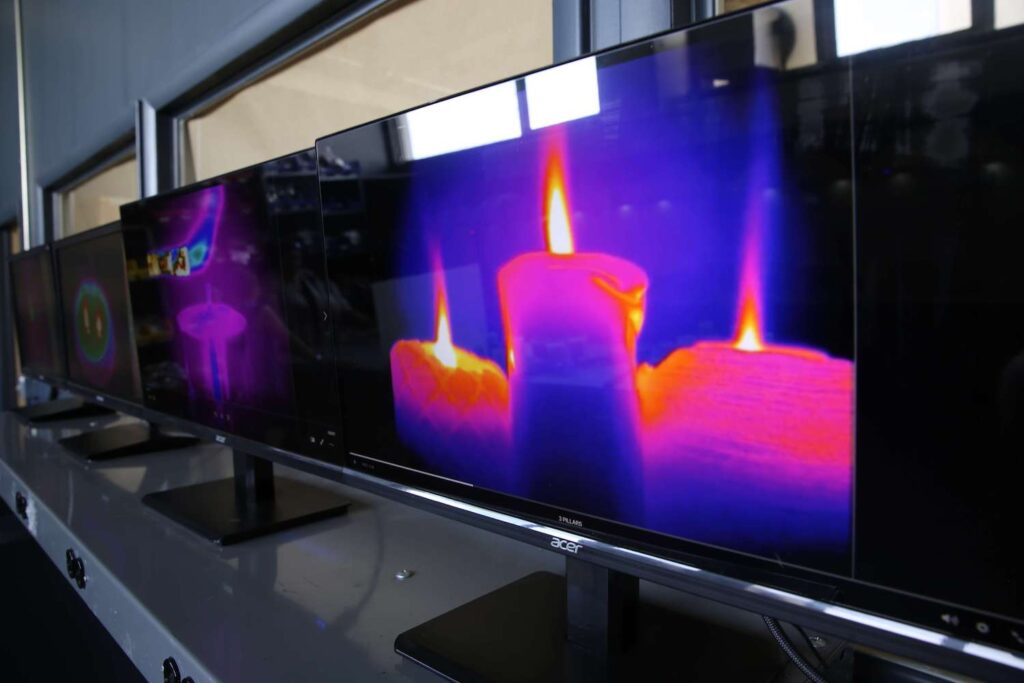 selection by partnering with Wicks Unlimited for wick optimization. Within weeks, we will help recommend the best wick for your candle and help you identify the combustion and burn issues you are experiencing. With over 450
selection by partnering with Wicks Unlimited for wick optimization. Within weeks, we will help recommend the best wick for your candle and help you identify the combustion and burn issues you are experiencing. With over 450 
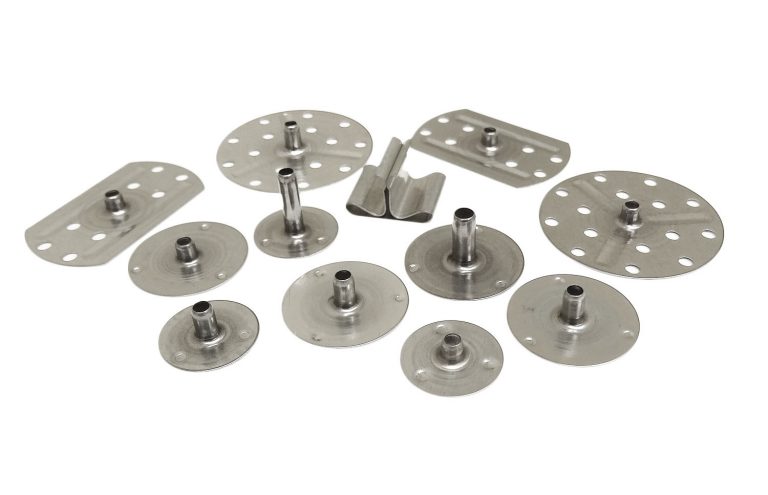
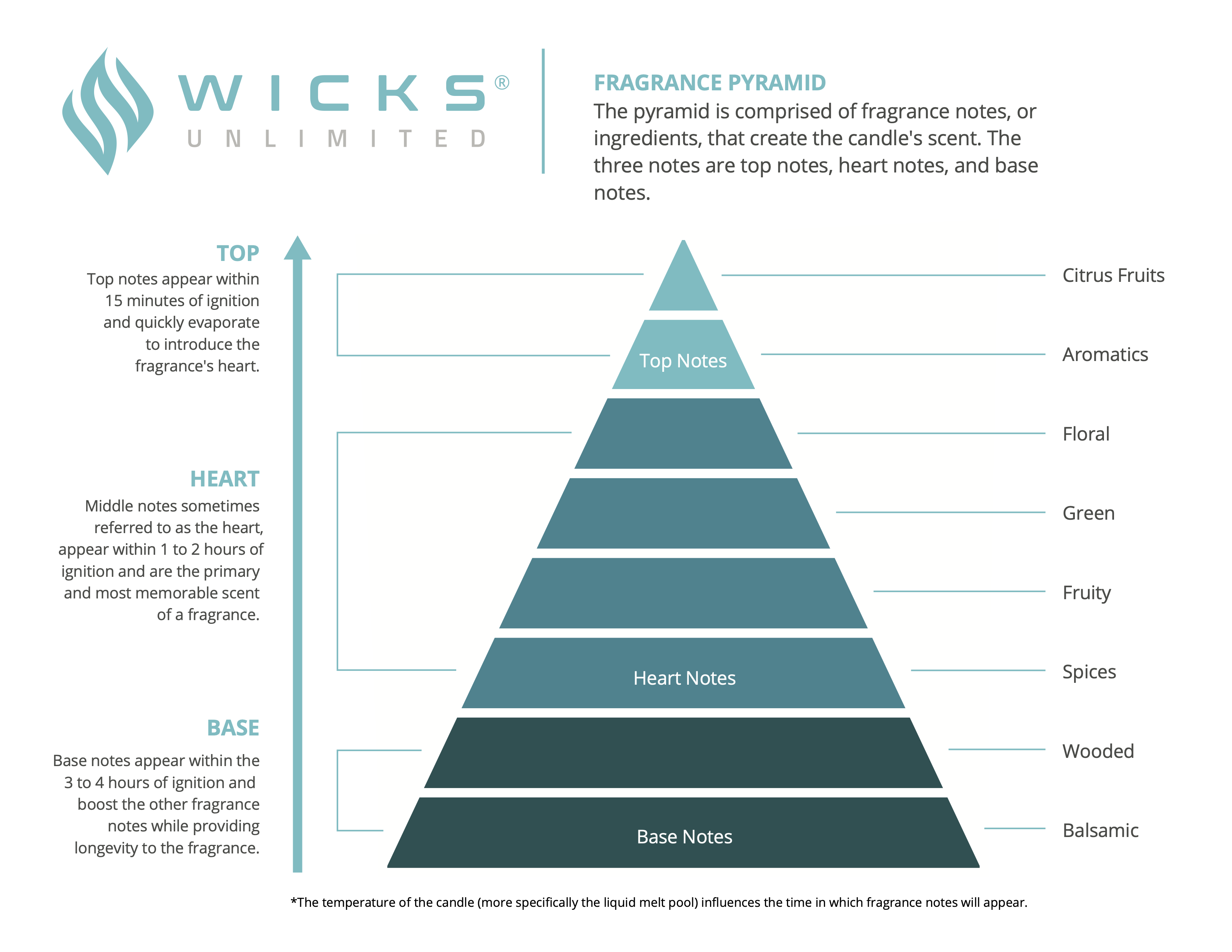
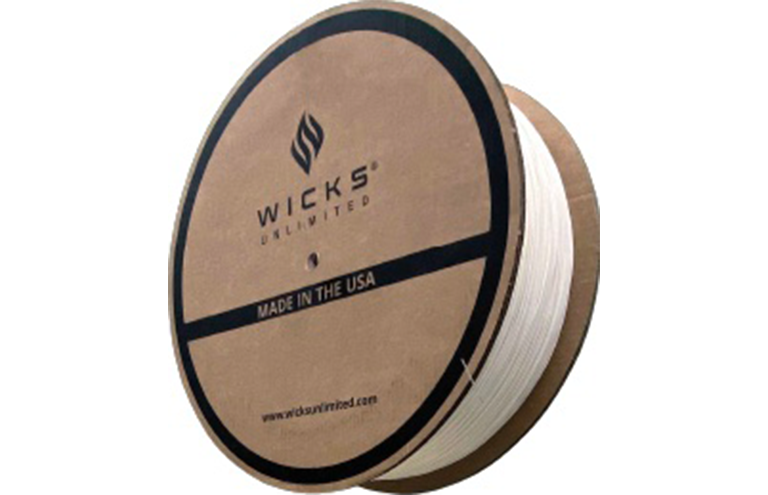
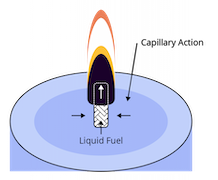 The Importance of Using the Correct Candle Wick
The Importance of Using the Correct Candle Wick






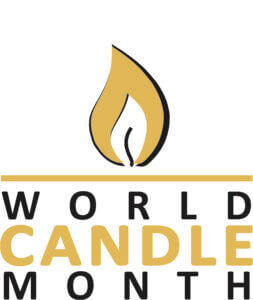
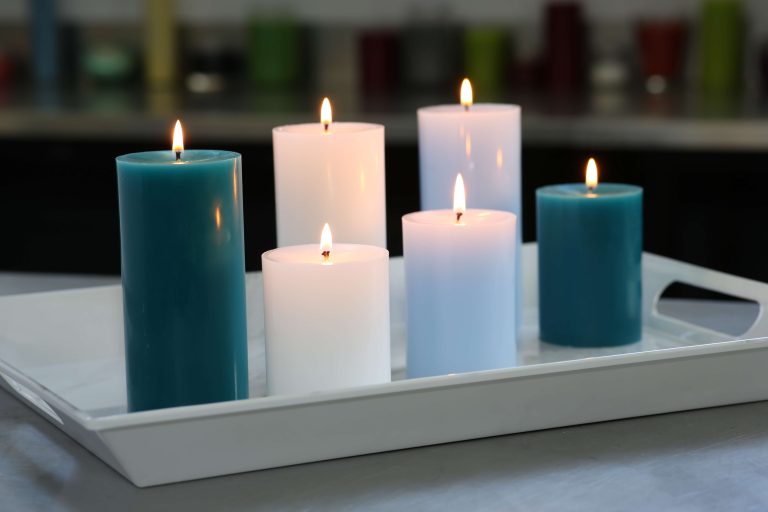
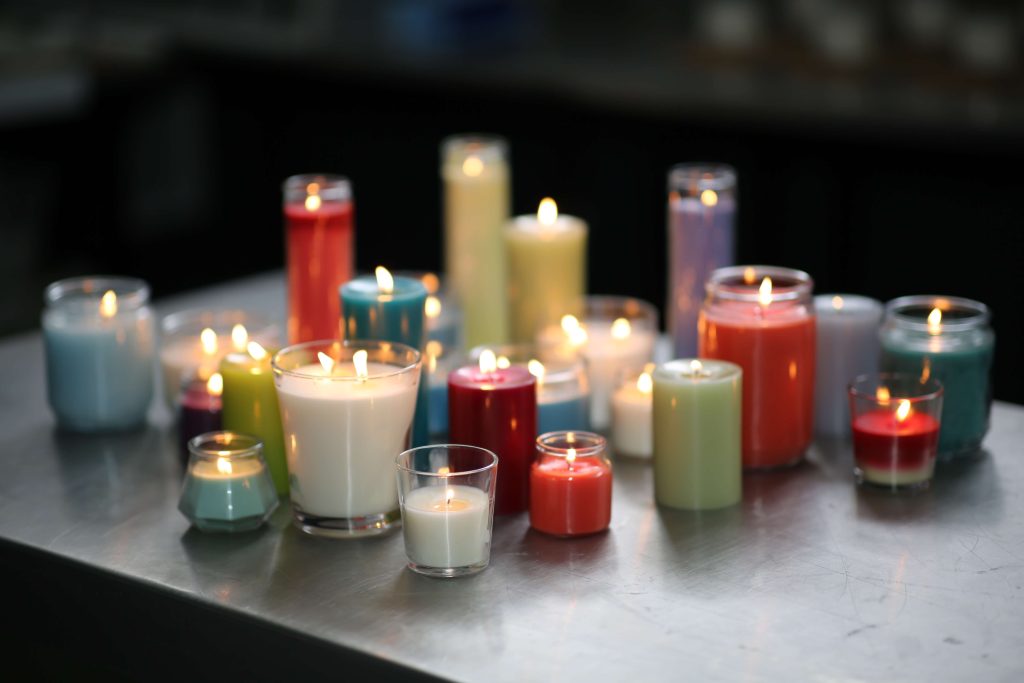
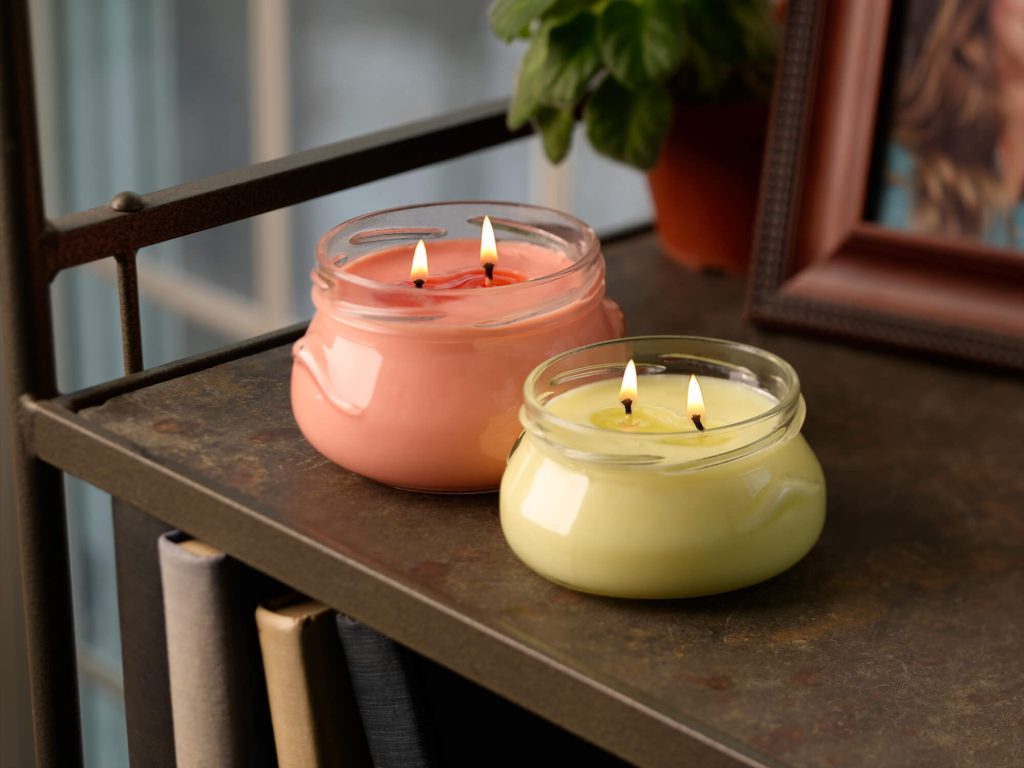
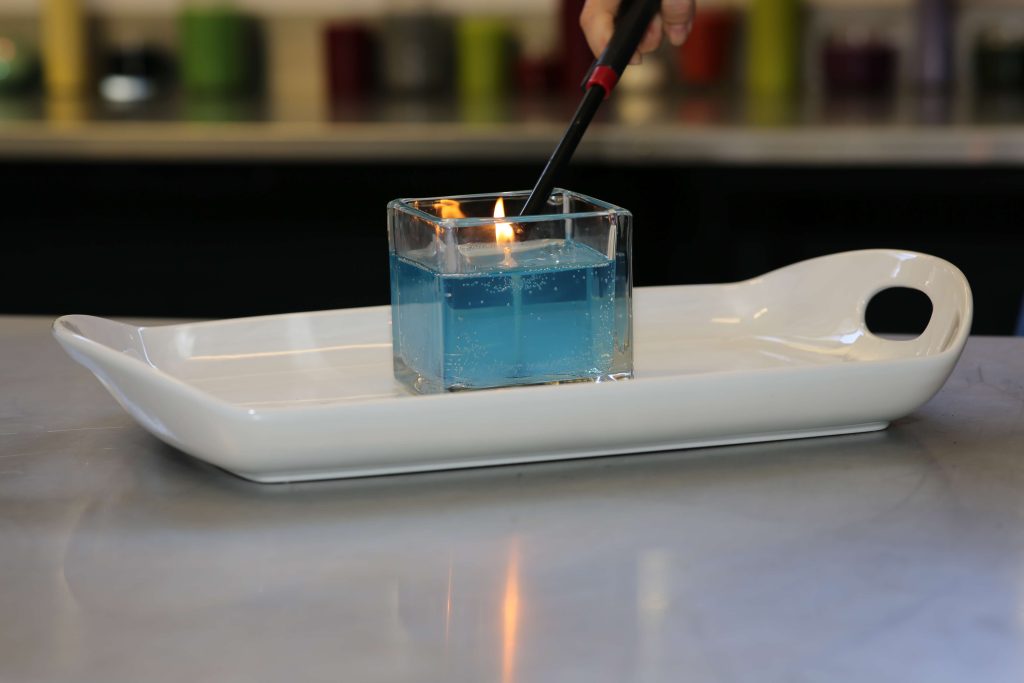
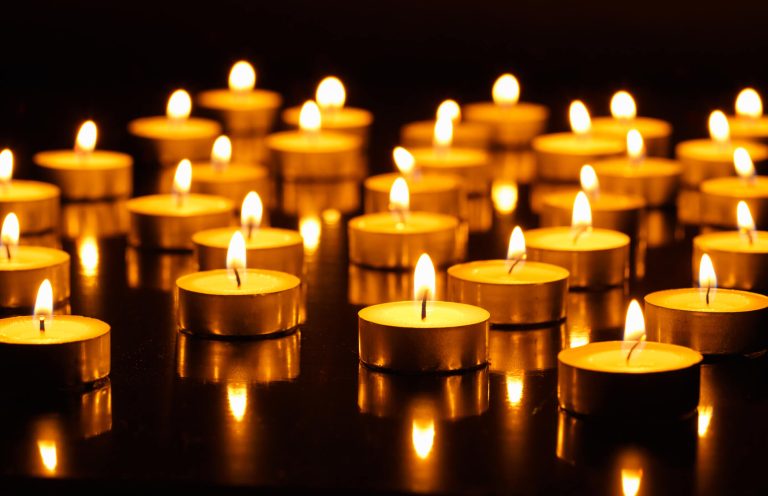
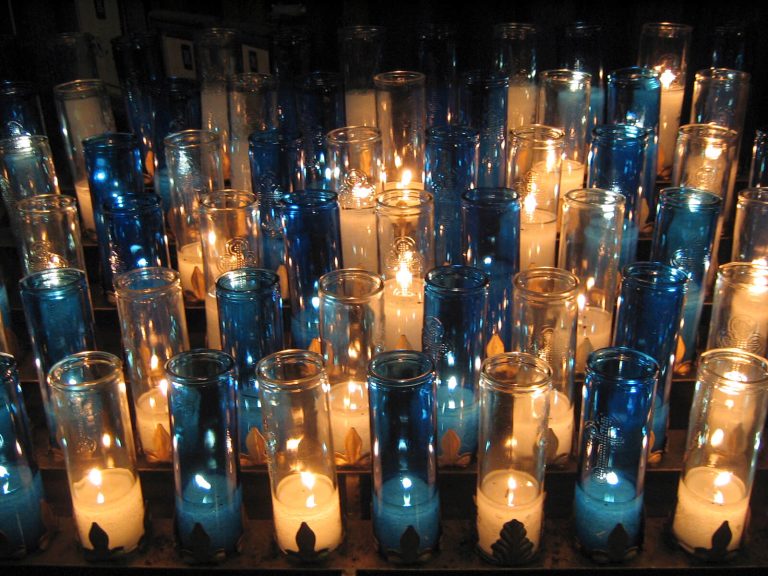
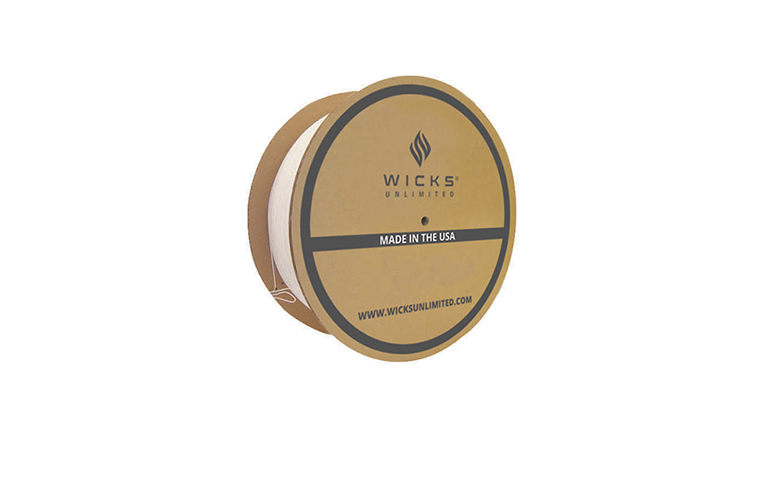
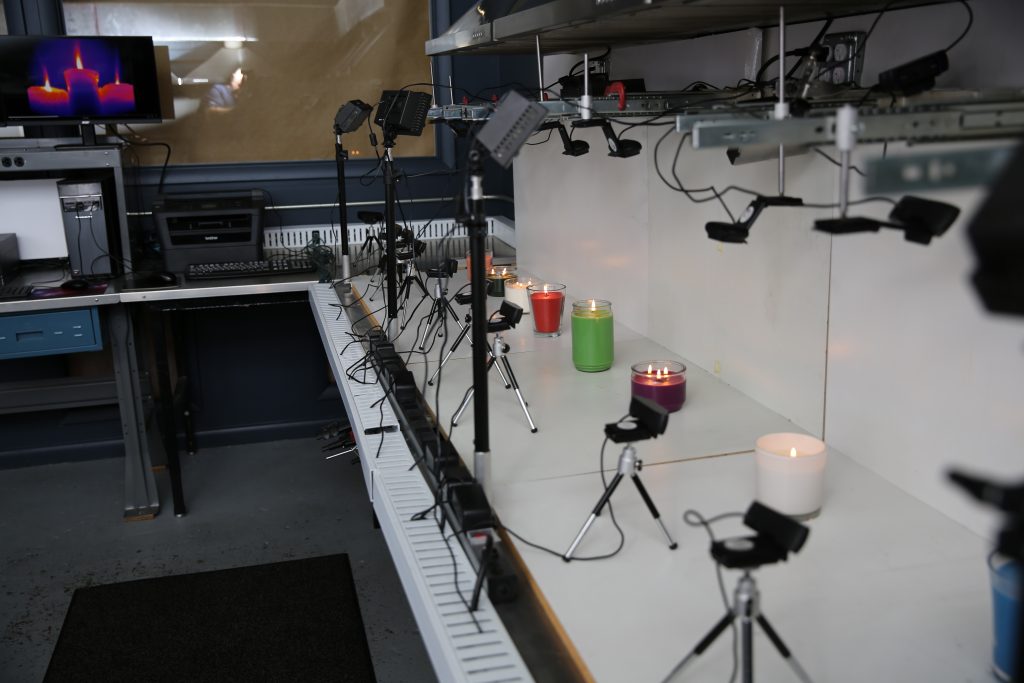
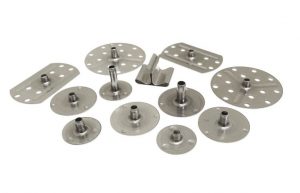 Creating a better candle experience for the end-user begins with partnering with a reliable waxed wick on reel domestic-based manufacturer and supplier, like Wicks Unlimited. With over 450 different candle wicks, including
Creating a better candle experience for the end-user begins with partnering with a reliable waxed wick on reel domestic-based manufacturer and supplier, like Wicks Unlimited. With over 450 different candle wicks, including 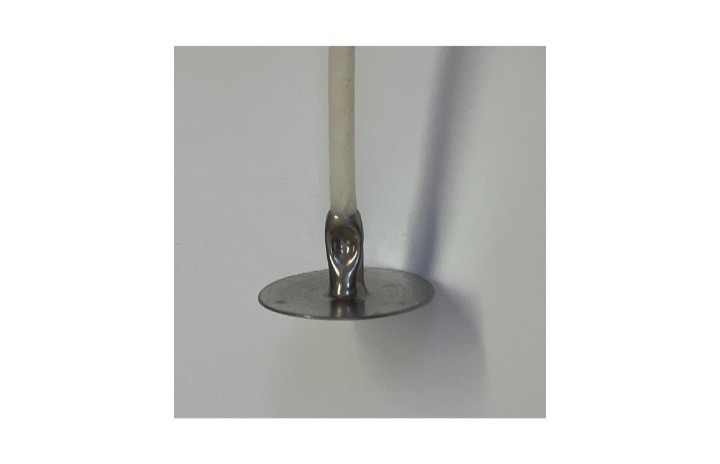
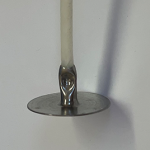
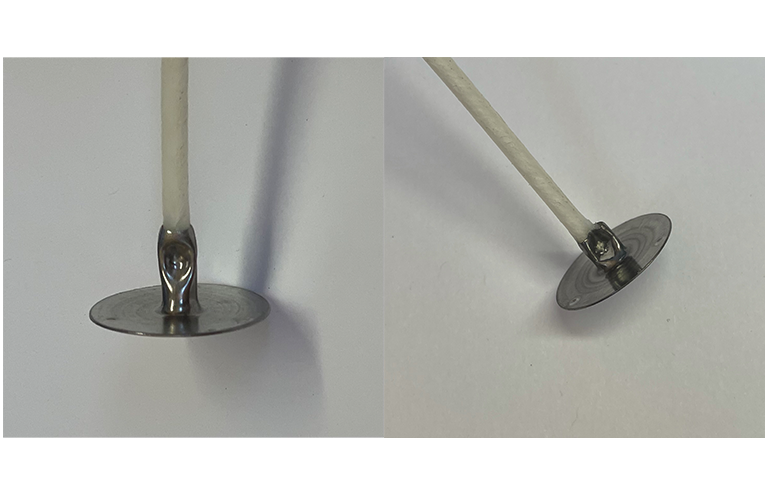
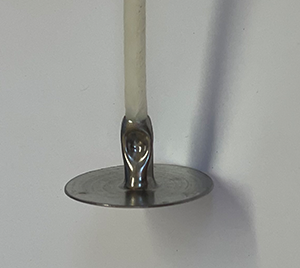 Wicks Unlimited signature non-puncturing crimping sustainer series enables manufacturers to develop candles that “shut off” at their end of life. This innovative sustainer design will meet all standard operating requirements for crimp hold. Candle manufacturers rely on
Wicks Unlimited signature non-puncturing crimping sustainer series enables manufacturers to develop candles that “shut off” at their end of life. This innovative sustainer design will meet all standard operating requirements for crimp hold. Candle manufacturers rely on 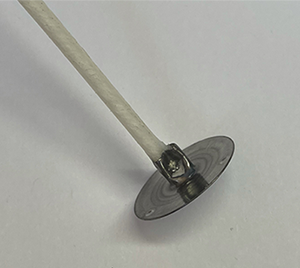 Precision high-speed equipment creates a piercing in the sustainer’s wall generating additional (fuel) wax flow at the candle’s end of life.
Precision high-speed equipment creates a piercing in the sustainer’s wall generating additional (fuel) wax flow at the candle’s end of life. 